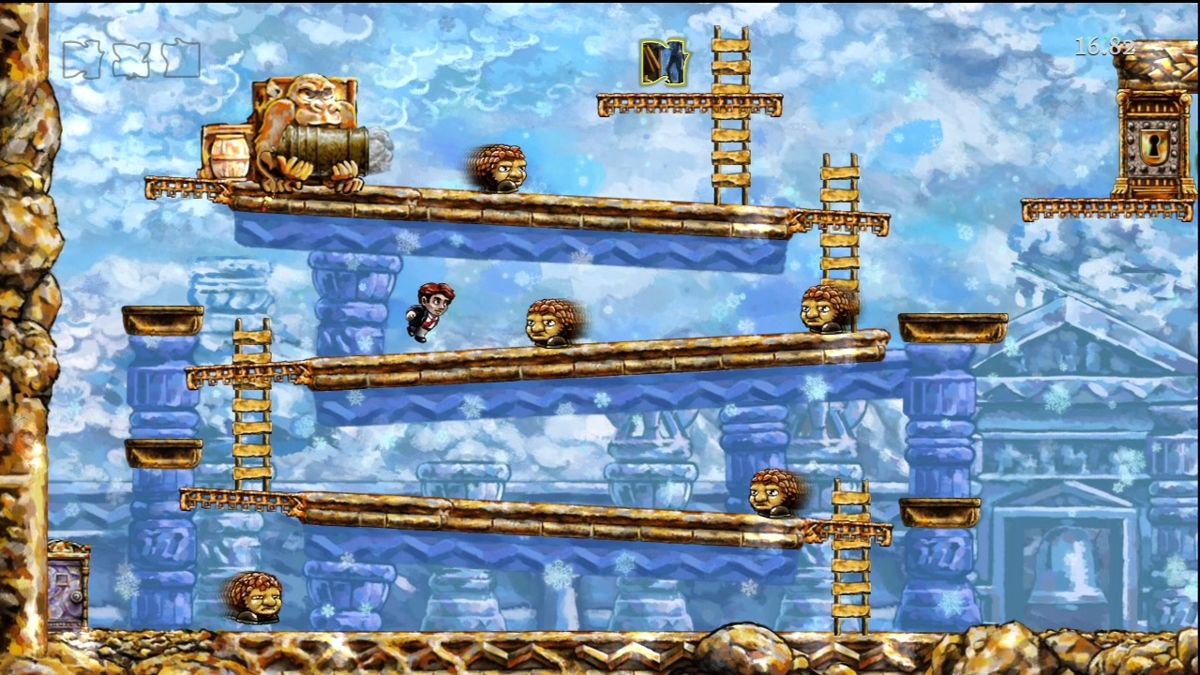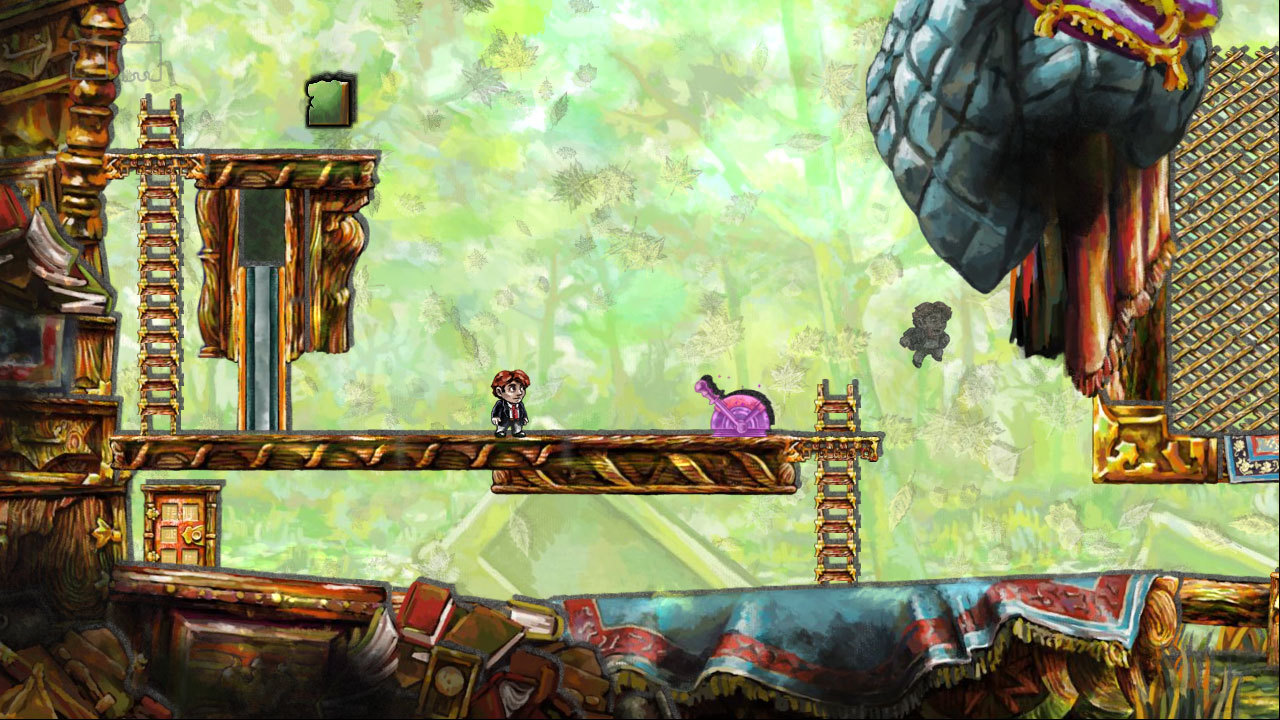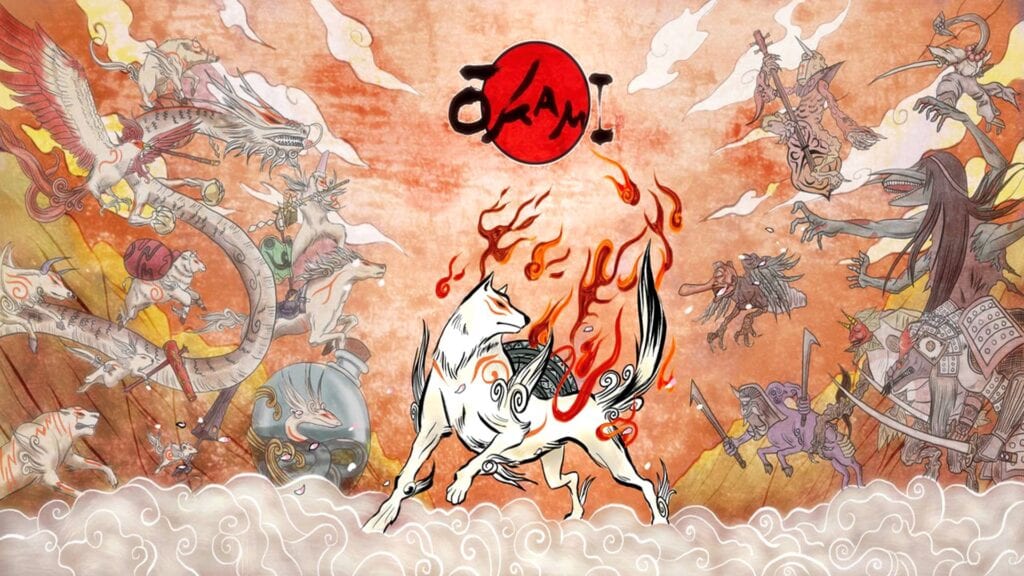Description
Overwatch is an online multiplayer first person shooter where players work together to fight for team-based objectives.
Lens of Elemental Tetrad:
Aesthetic:
Overwatch has a very standard 3D cartoony art style that has been tried and tested before. However, what gives the game so much “flavour” is the attention to detail to authenticity of each character and map.
Overwatch has a wide cast of heroes of different ethnicity. The voice actors were chosen carefully and usually also base on ethnicity to depict the character as accurately as possible. In fact some voice lines are spoken in the native language of the character.
The Maps in the game are located in different parts of the world. Their design, both in music and architecture, has influences from the country they are representing.

The map Ilios

Greece
The attention to detail adds to the overall immersion of the game.
Story:
The story is rather simple: Overwatch was an international task force to combat hostile omnics during the “Omnic Crisis” and restore order. However after some internal conflict and several allegations of wrong doings has led to its disbandment.
Years after its abolishment, former members of Overwatch decide to reform the organisation in light of a possible second “Omnic Crisis”.
While it is hard to add any sort of story element to Overwatch’s game play I believe that Blizzard has done a good job in portraying the backstory through their additional content.
Blizzard has a long tradition of creating cinematic experiences and the backstory of different heroes are described in a series of animated shorts. They shed light on their past experiences and relationships with other characters. The storytelling in these shorts is so impactful and makes you truly feel for the characters.
The relationship between characters is also highlighted in game when characters have specific dialogue for different characters. Here’s a compiled list of the all the character interactions.
Technology
Blizzard has invested heavily into building Overwatch and they built the game using their own proprietary engine. The game is available on PC and console. However, there is no cross platform play. In a fast pace action shooter, aiming with a analog stick can be very taxing on the user. Overwatch has an aim assist for consoles only (thankfully), which makes the game more accessible on console.
Mechanics
Players are split in two teams of six and their objectives are dependent on the four game modes: Control, Escort, Assault, Hybrid. The modes usually involve pushing of a payload, fighting for control of a point and attacking/defending a control area.
Players can choose from a roster of 26 heroes who have a wide variety of skills. All heroes have an ultimate ability that is charged overtime by doing damage or healing. Naturally, these heroes fill different roles in the team and many of them complement each other.
For example Zarya, is able to suck a group of enemies together with her ultimate ability “Graviton Surge”. However, most of the time, she is unable to do much damage by herself. On the other hand Tracer ultimate ability (pulse bomb) deals a large amount of AOE damage on to a target. The problem is, it is difficult land the bomb on an enemy.
However, by combining the two abilities together we can have this:
Over time players pick up on these combinations and create popular strategies which in turn form the META (Most Effective Tactic Available)
Lens of Expression
Emotes
A basic form of self expression in Overwatch would be emotes. While emotes can be seen as a fun side feature, it is also a means to send messages to your team and enemy. An example would be to emote after killing an enemy as a means to taunt them.
Or you could kill them stylishly like this.
Mains
As their playtime and familiarity increases, players would gravitate towards a specific character. Players develop a special bond with their character, become an expert at it and “main” them. To main a character would mean to have that character a preferred hero. People have many reasons for “maining” a character – I believe this is thanks to unique personalities and playstyles of the heroes. It is not hard to find a character that “fits you like a glove”
Here’s a great video about the reasons for choosing a main in fighting games:
Additionally, “maining” places a label on themselves – to associate themselves with the character. And this becomes their identity that they are proud of.
https://www.reddit.com/r/GenjiMains/ (A subreddit for all Genji (a hero) mains)
Lens of Spectation
Being a 6v6 game with many mini engagements across the map, watching a game of Overwatch may be as hard as playing it. As Blizzard pushes for Overwatch as an esport, the experience of the spectator becomes more important.
Spectator Tools
In the Overwatch League (Blizzards Profession Esport League), there are variety of tools available for the broadcast team (observers) to give the viewers the full story.
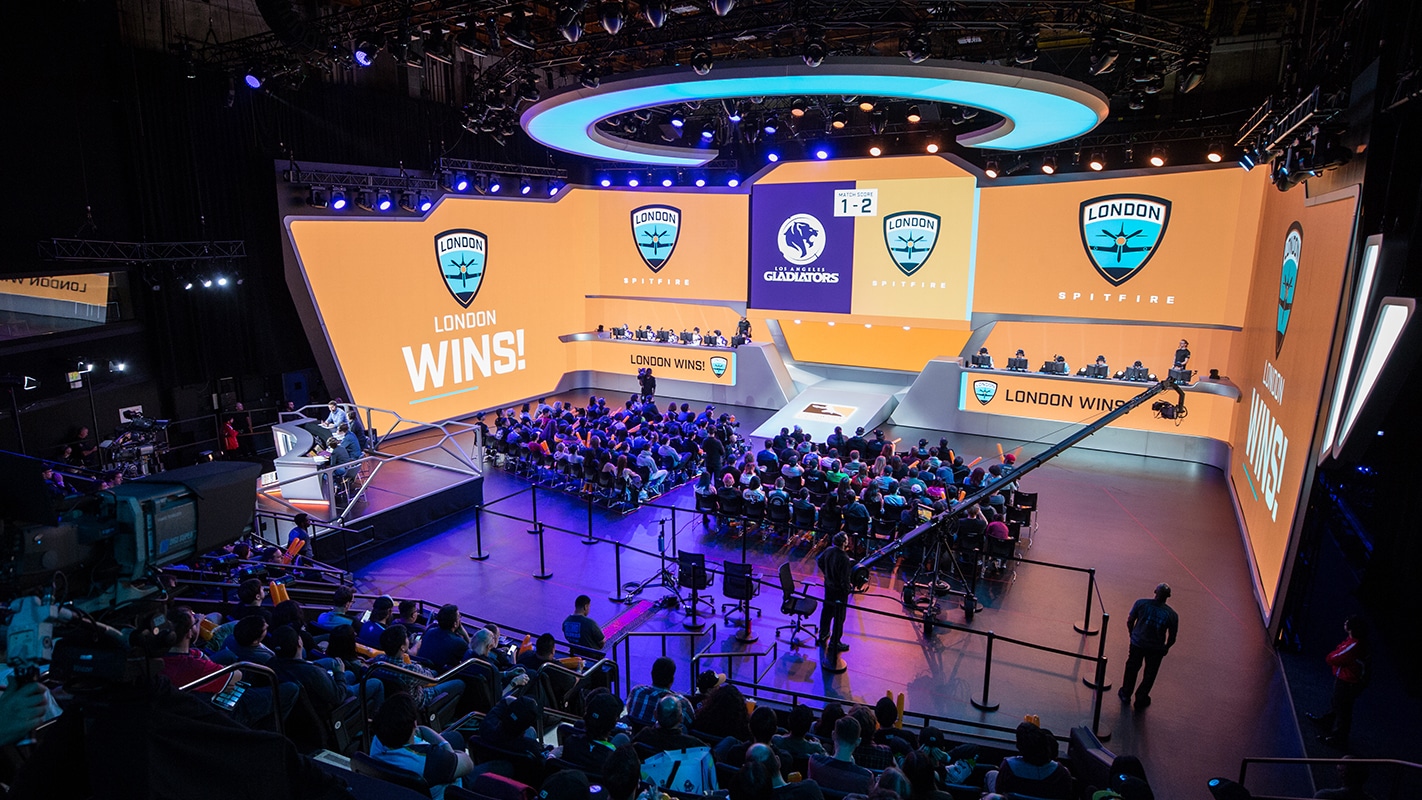
A match at the Overwatch League Burbank studios
Observers can have a birds eye view of an ongoing engagement, or go back in time to replay a particular moment that was not broadcasted to the audience. Teams are also given contrasting colours so that it is easier to differentiate them from one another.
I have one critique however: the spectator tools are not available in client for our ranked/casual games. Hopefully with its success in OWL, the tools may soon become available to all players.
Gameplay
As mentioned before, with many hours spent on the game, the player base as a whole slowly develops a META and if the game is not balanced properly, teams would only use one specific composition, leading to stale and boring games like these:
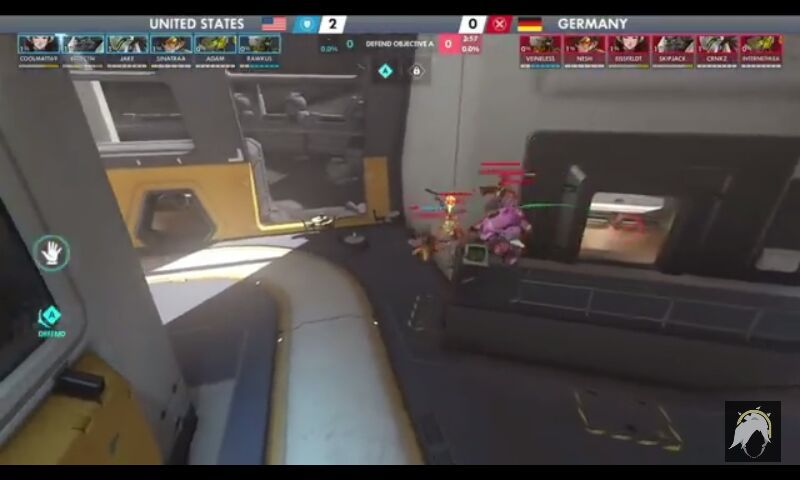
Notice the hero choice for both teams. In the dive META, teams would only field one team composition, leading to similar and boring games.
Thankfully, thanks the recent balance patches, the META has changed to favor a variety of hero compositions (for now) and different heroes have become niche picks for different maps, leading to a fresh viewing experience every game.
Lens of Reward
While the most obvious reward in the game is winning and the matchmaking rating system, I will be focussing on rewards which apply to both the winning and losing team. (Something which i think Overwatch does well in)
Cards
At the end of the game, players gets to a screen of statistics. However, what Blizzard does well is that they only show good performances of the players. So even if you lose a game, the game still acknowledges your contribution to the team. Another great thing is that unlike many other games, the game keeps track of other metrics besides the kill count. Things like healing done and objective time gives a nod to that silent warrior doing his part for the team.

Healing done and players teleported being recognized at the end of the game
Play of the Game
Another cool feature is play of game which highlights the a play made by an individual during the game. It is gives that player recognition that he did something impactful that game and also lets the player “show off” to his peers.
Well one thing, Blizzard could work on was the algorithm which decides what clips to play…


 World of Tanks is a multiplayer third person shooting game developed by Wargaming, first realease in Russia on 12 August 2010. The game features combat vehicles from pre-WWII (around 1930) to post-WWII (around 1960), players will control these combat vehicles in a 15 vs 15 set up. There are currently 5 types of vehicles, which are the light tank, medium tank, heavy tank, tank destroyer and self-propelled gun, each type of vehicles has it’s own role to play. To win the game, either destroy all the opponent vehicles or complete the objective faster than the other team.
World of Tanks is a multiplayer third person shooting game developed by Wargaming, first realease in Russia on 12 August 2010. The game features combat vehicles from pre-WWII (around 1930) to post-WWII (around 1960), players will control these combat vehicles in a 15 vs 15 set up. There are currently 5 types of vehicles, which are the light tank, medium tank, heavy tank, tank destroyer and self-propelled gun, each type of vehicles has it’s own role to play. To win the game, either destroy all the opponent vehicles or complete the objective faster than the other team.





























